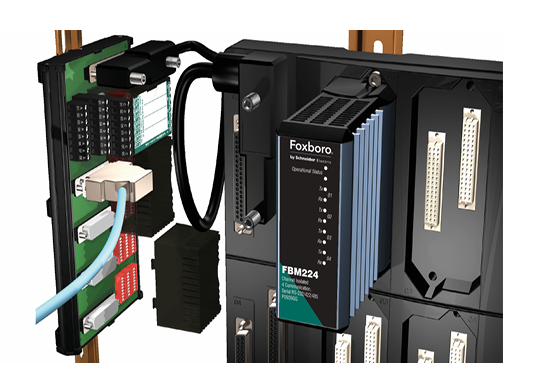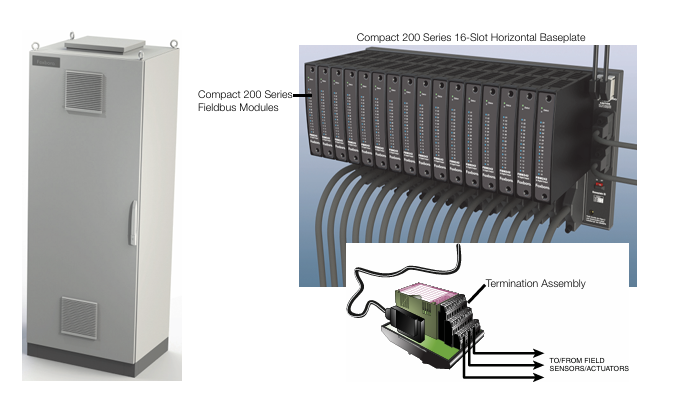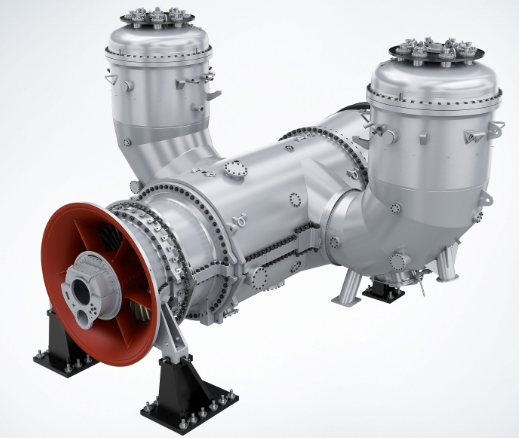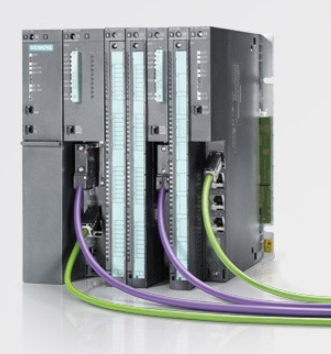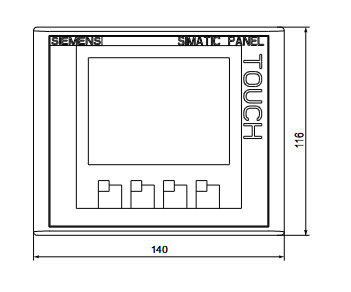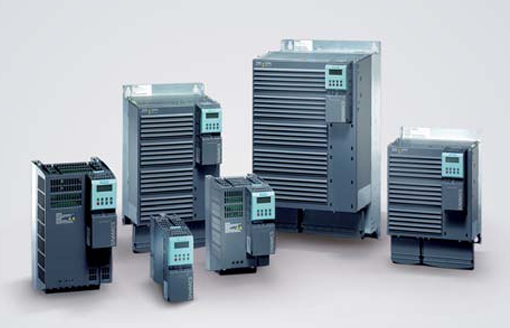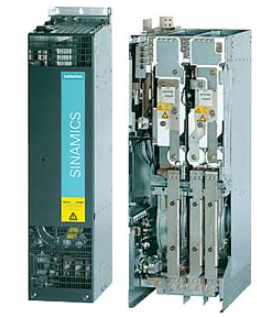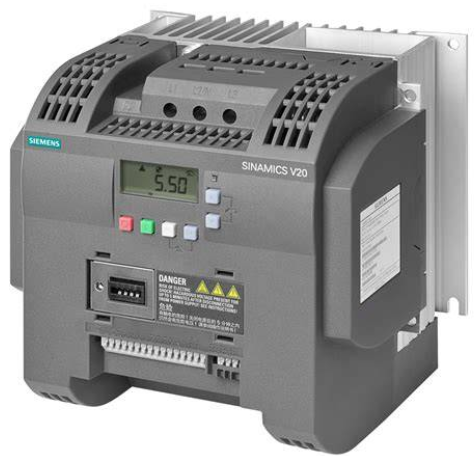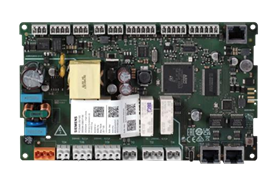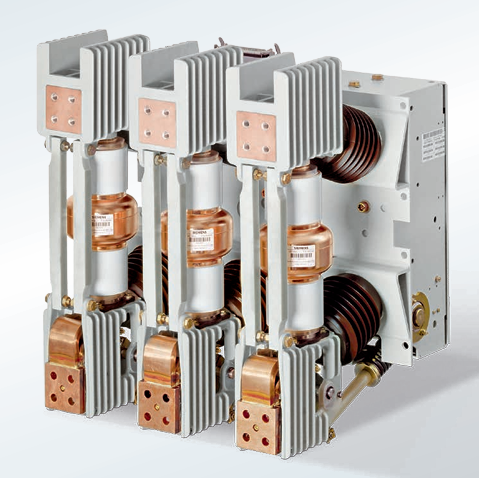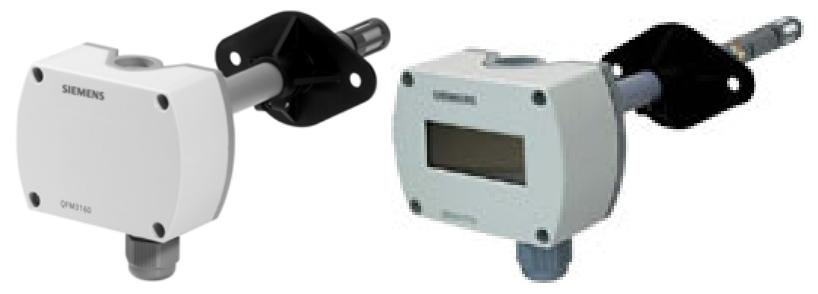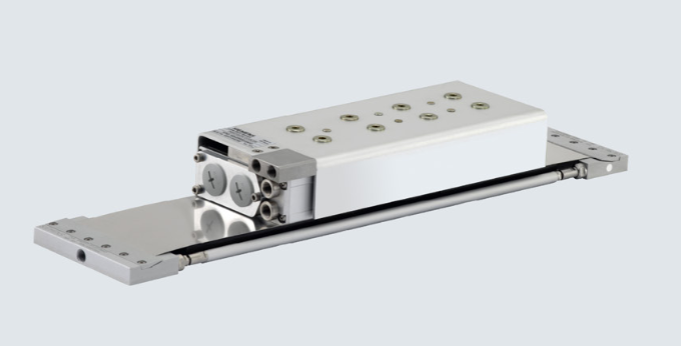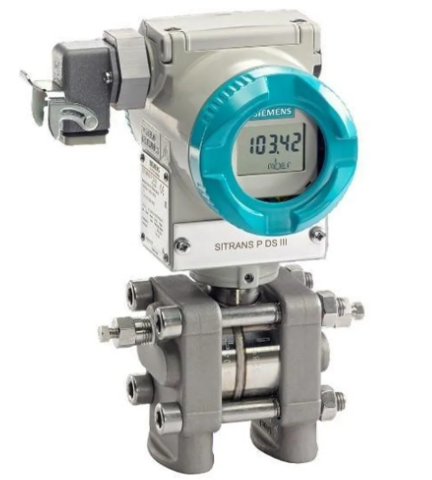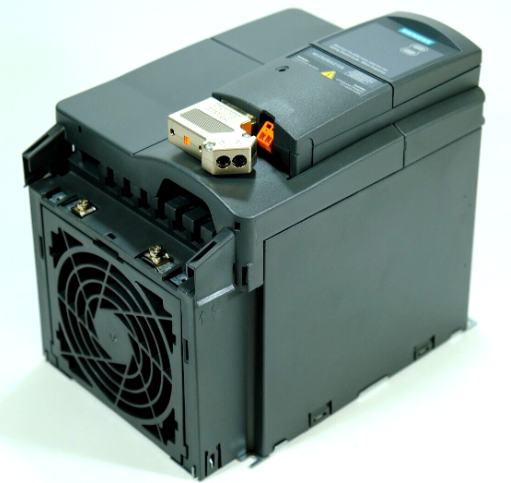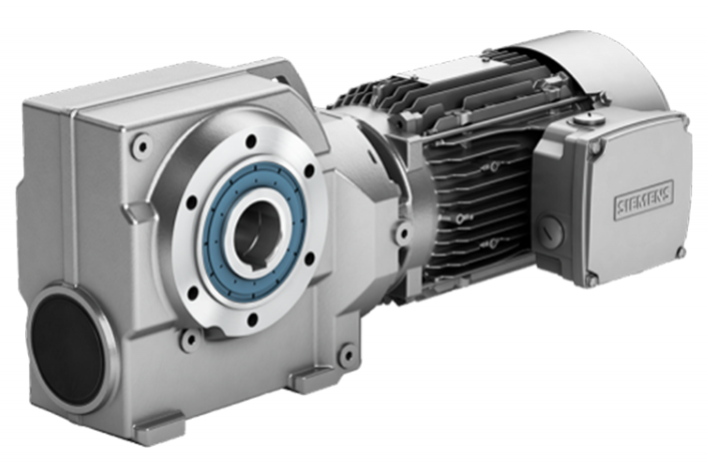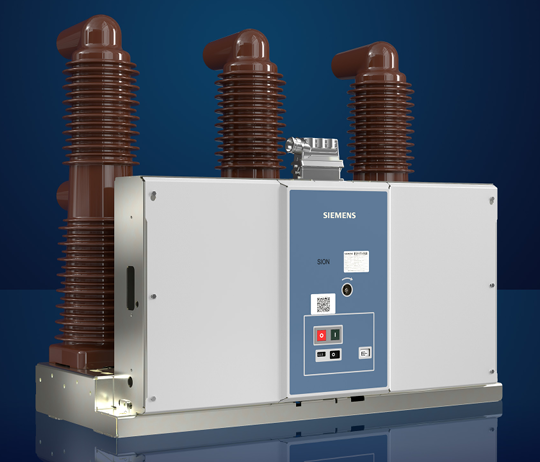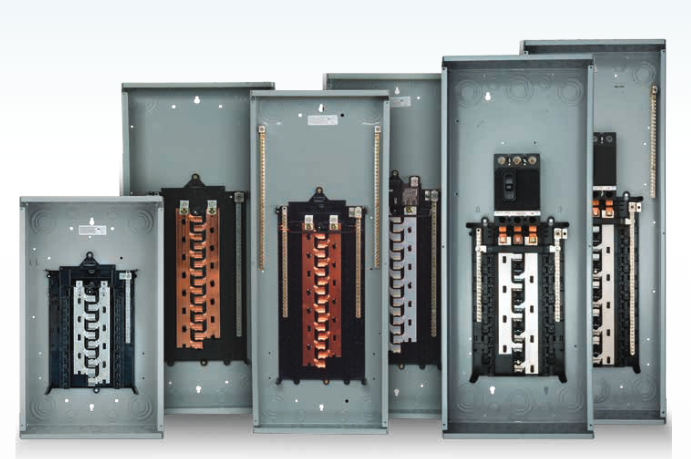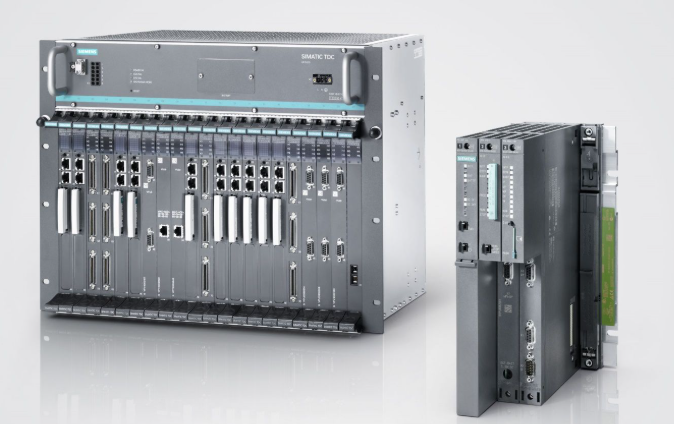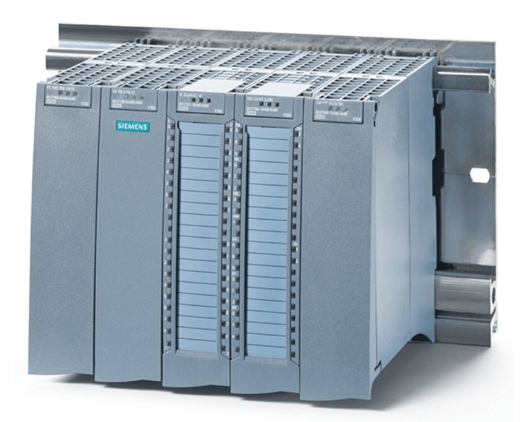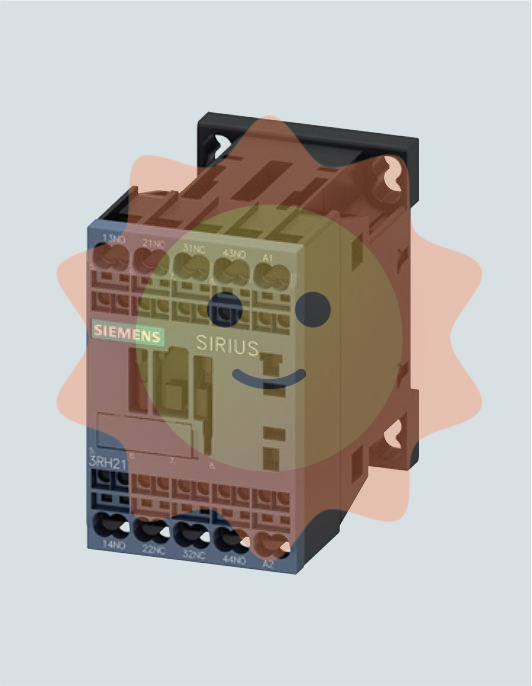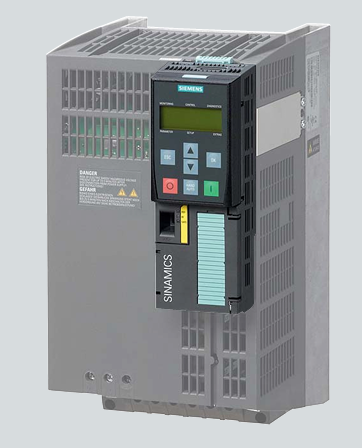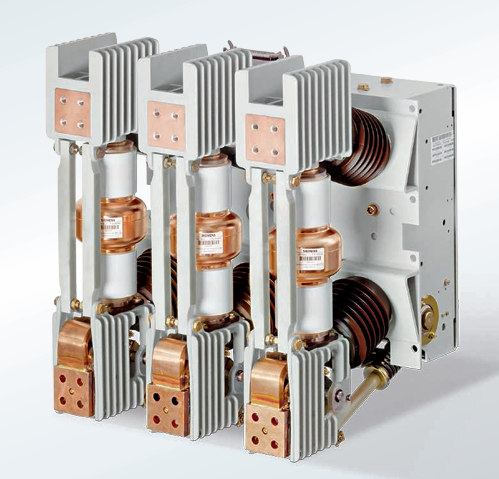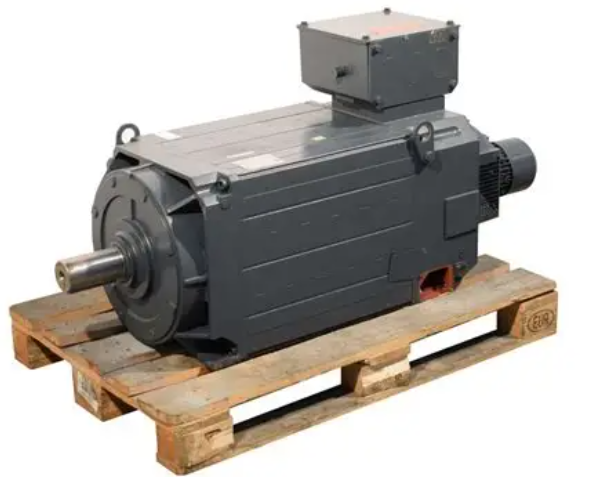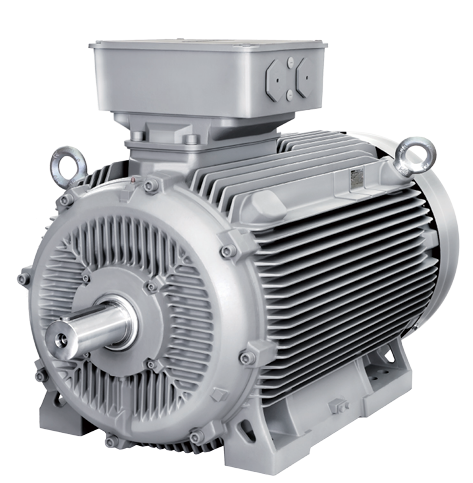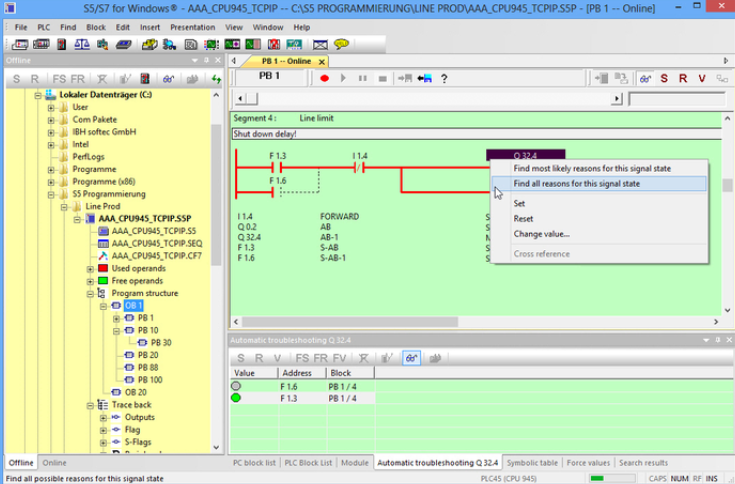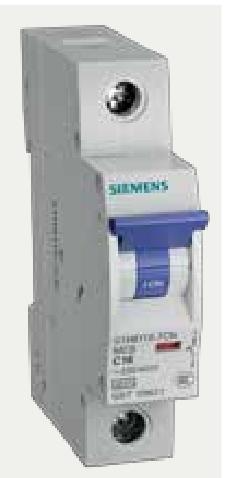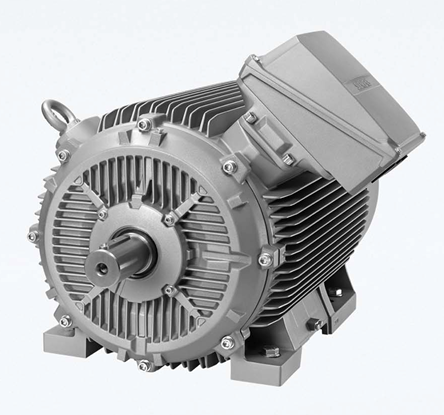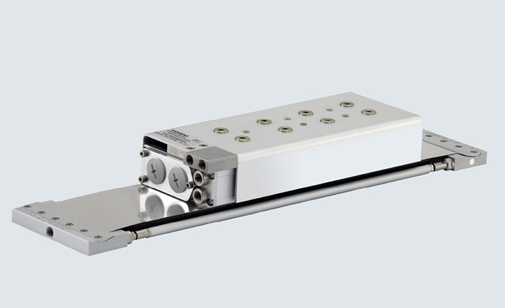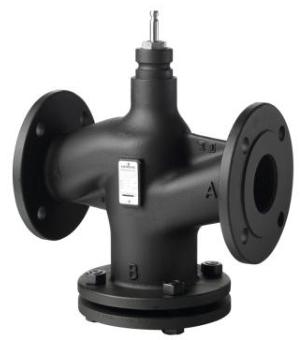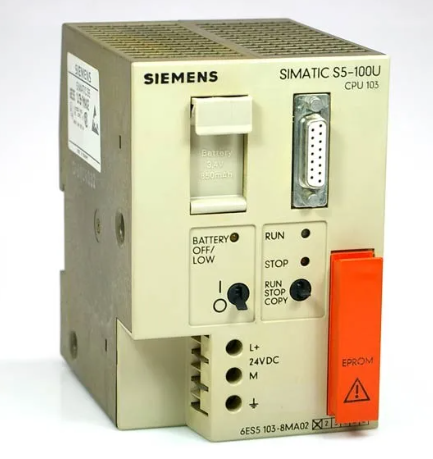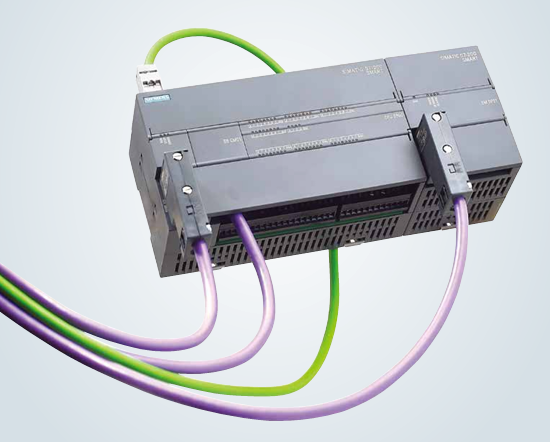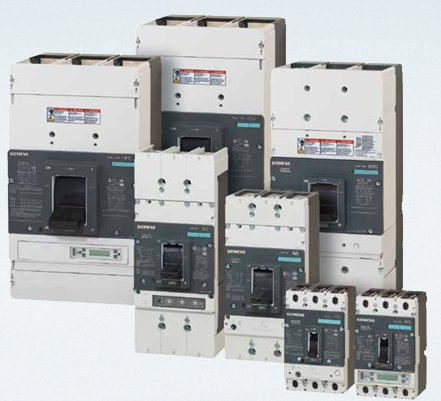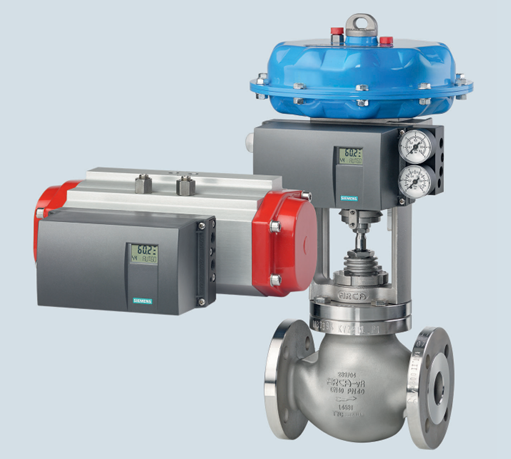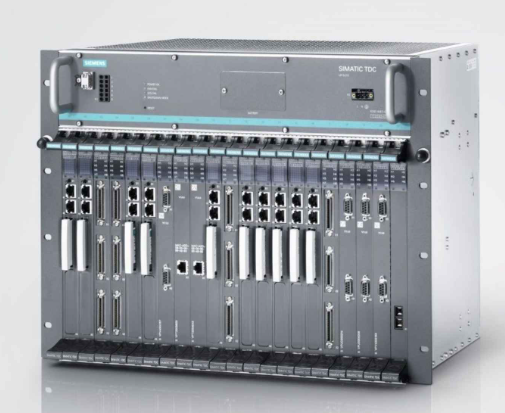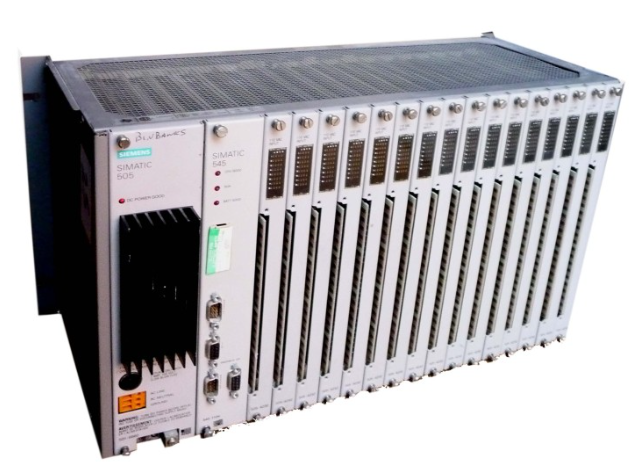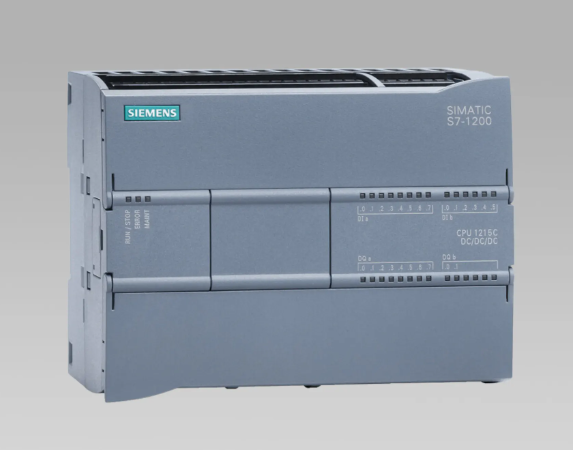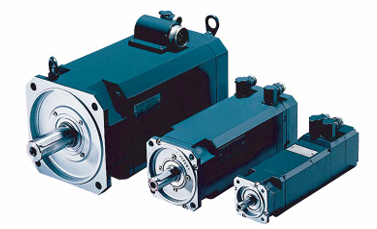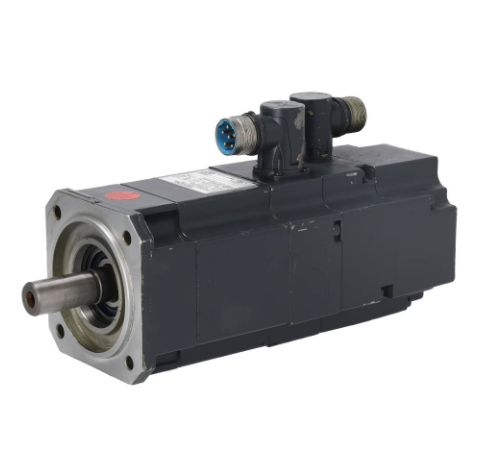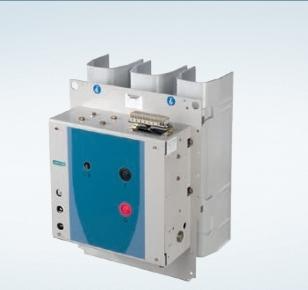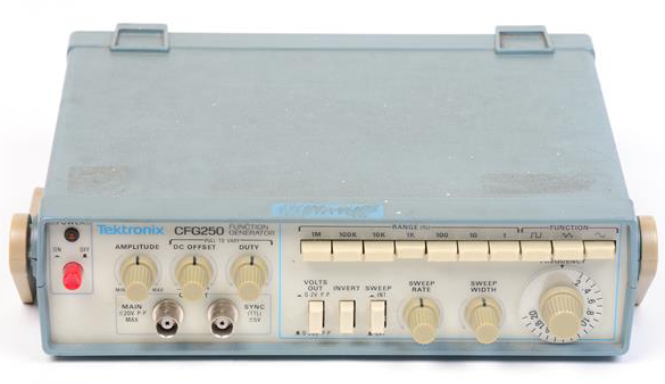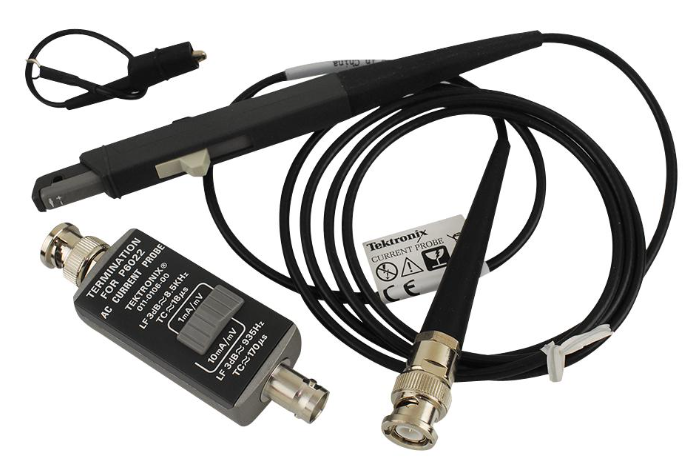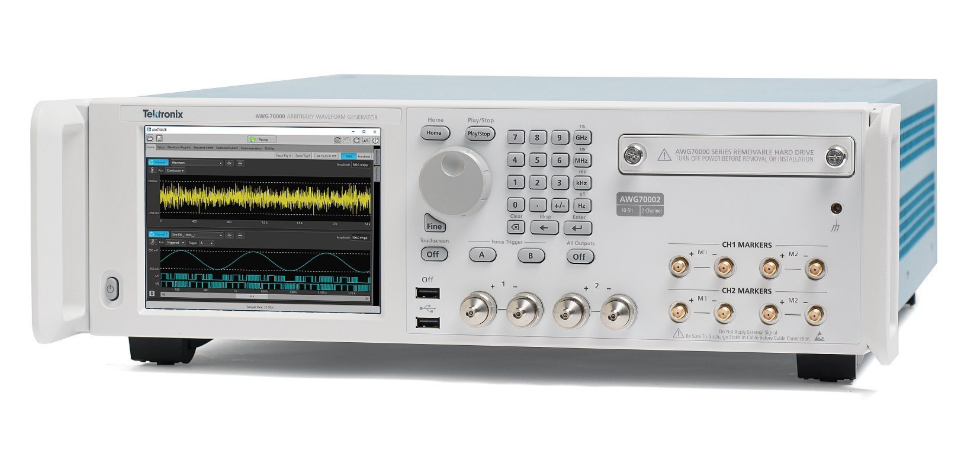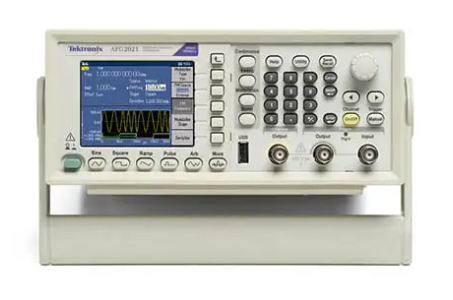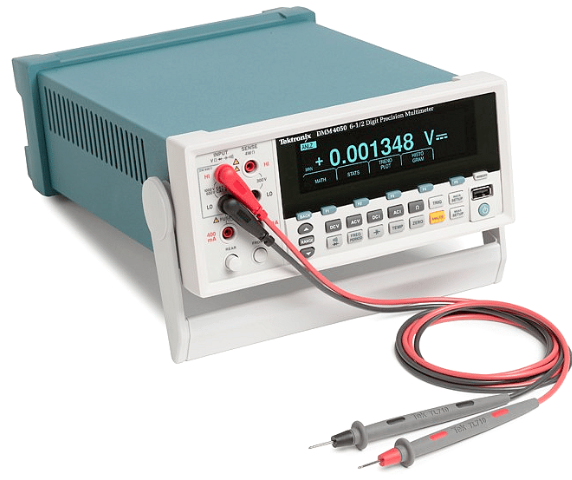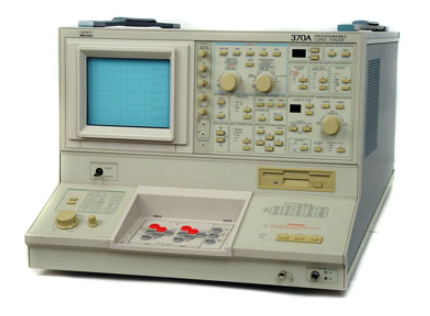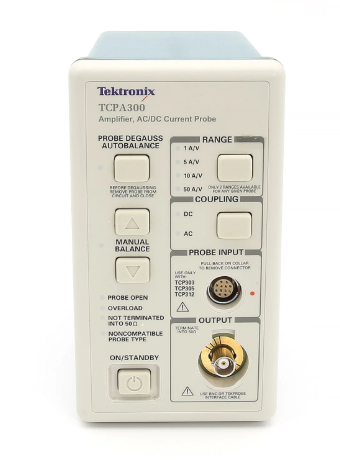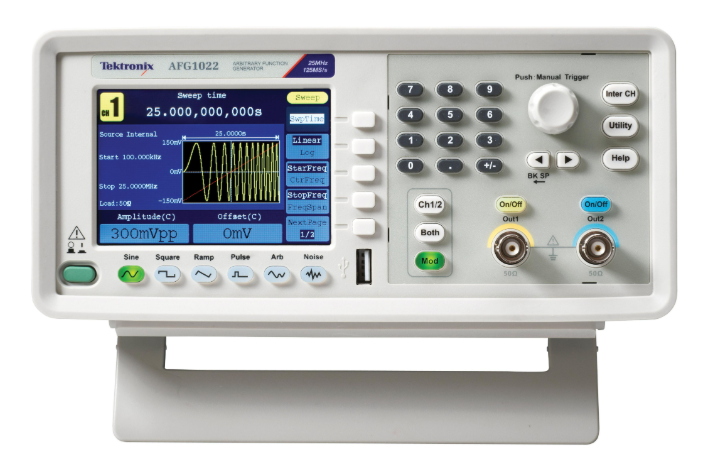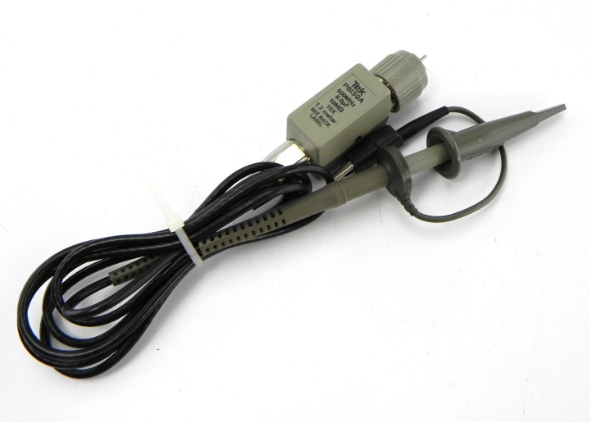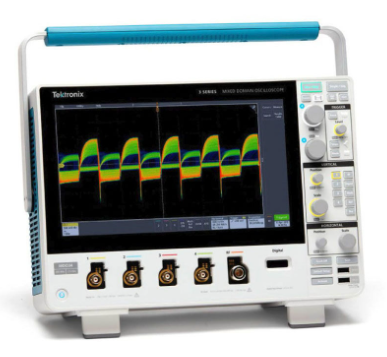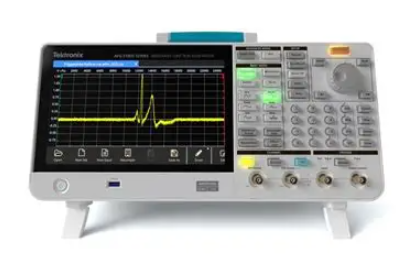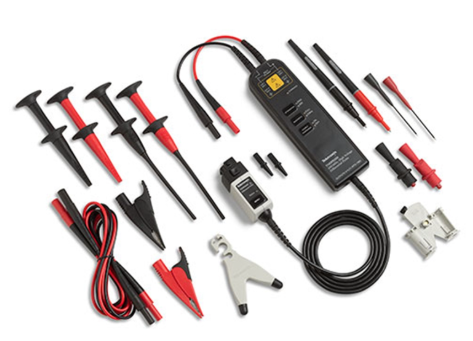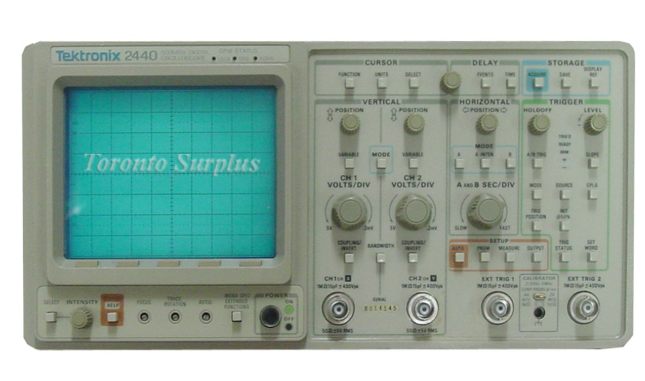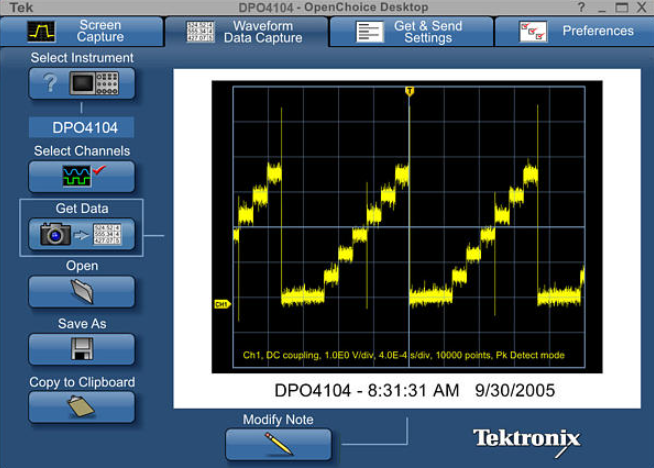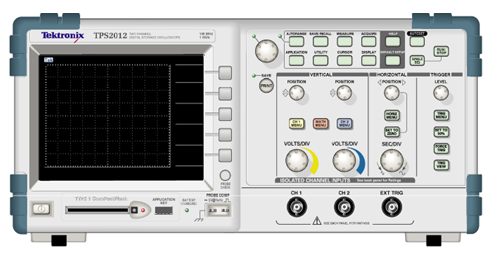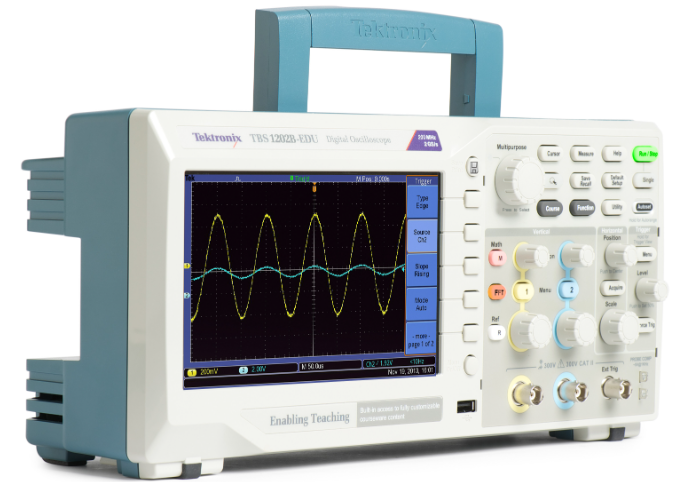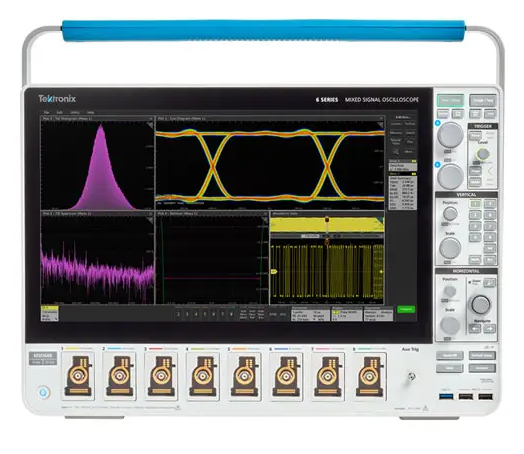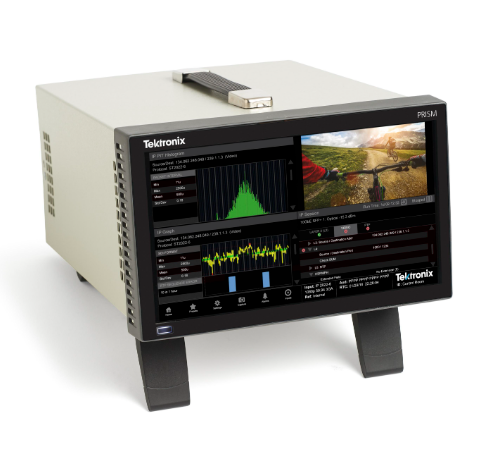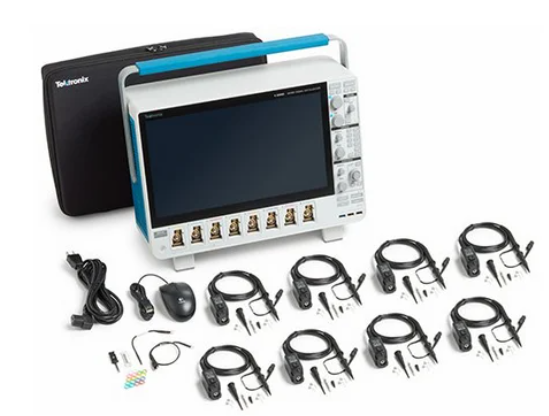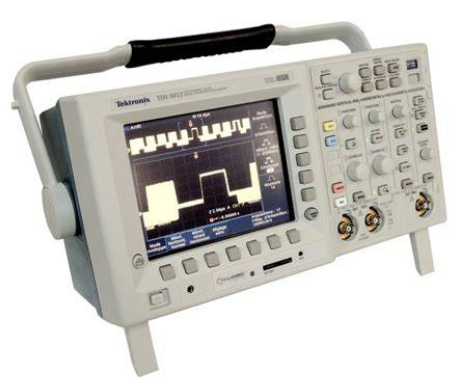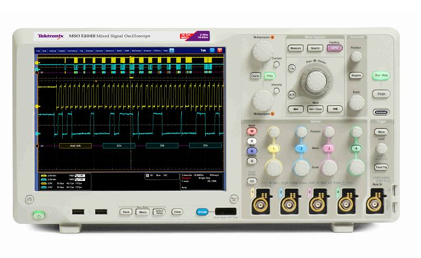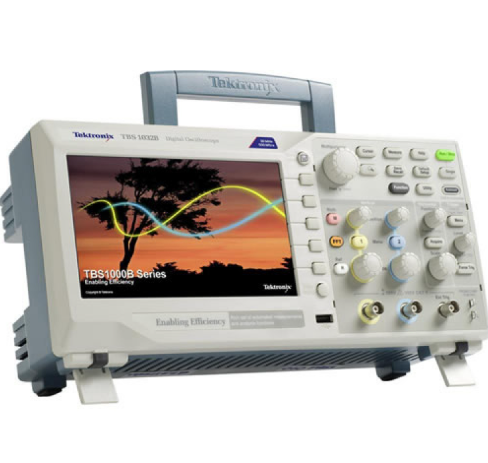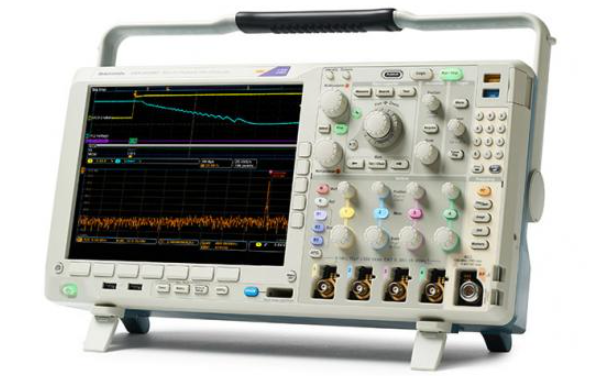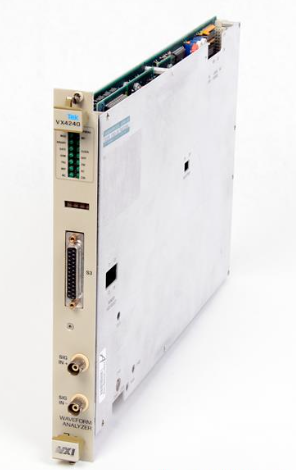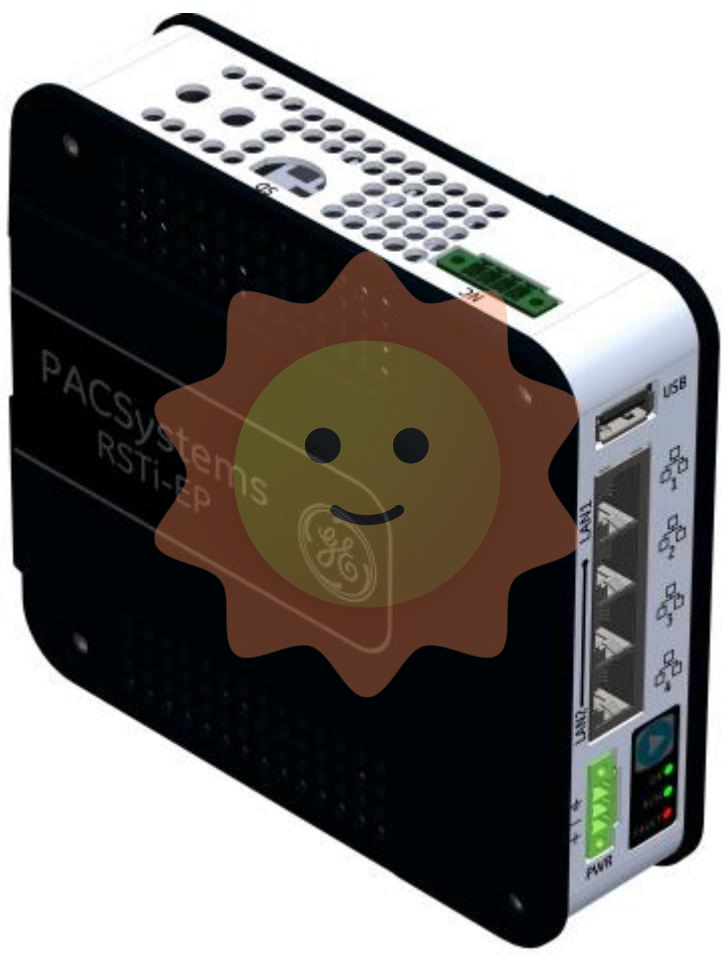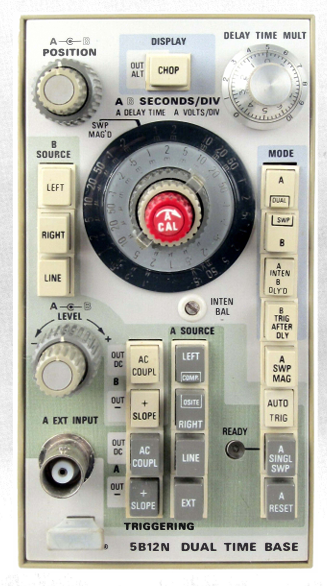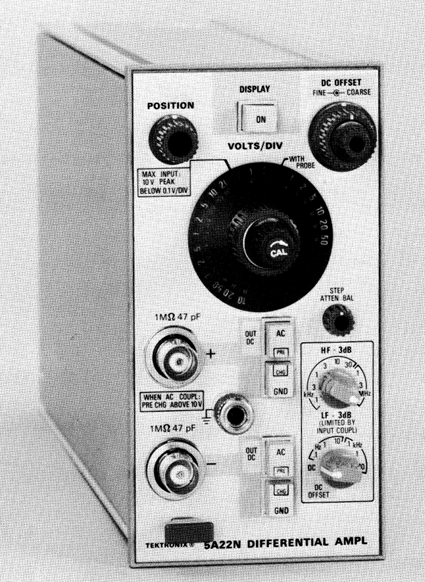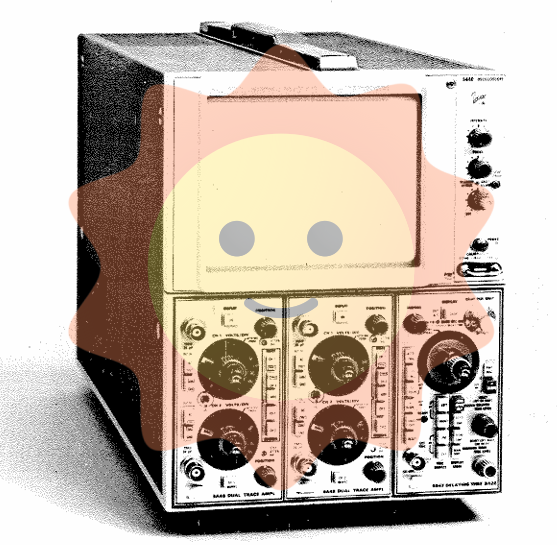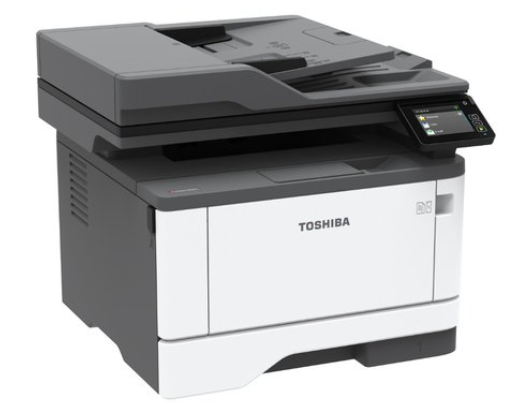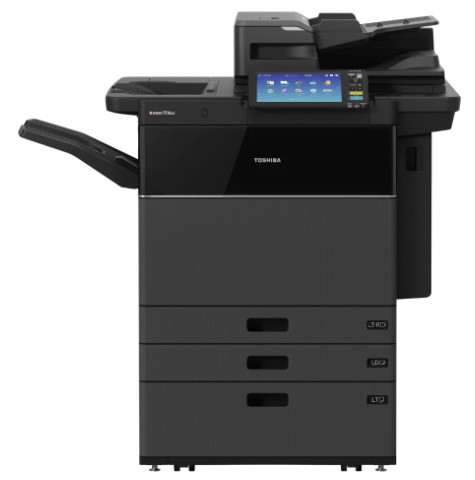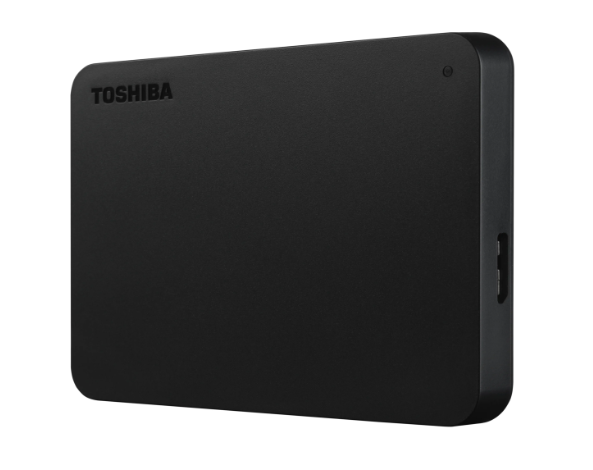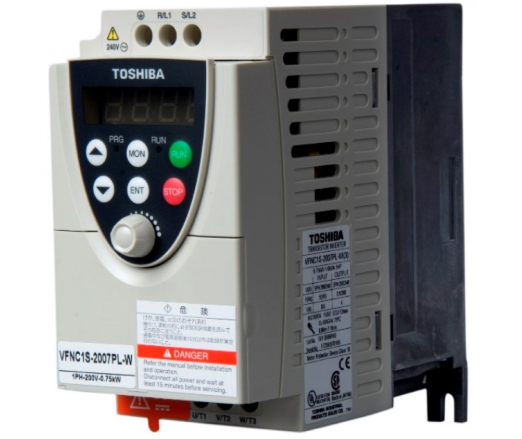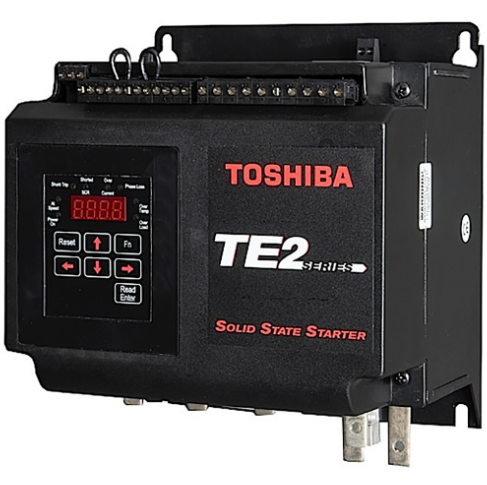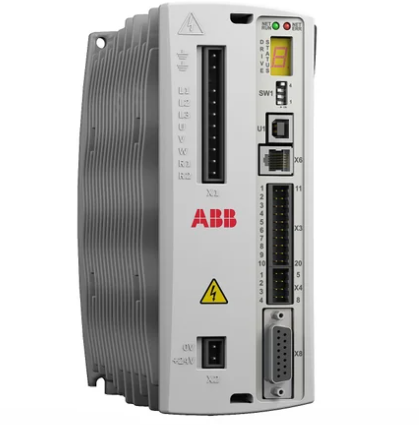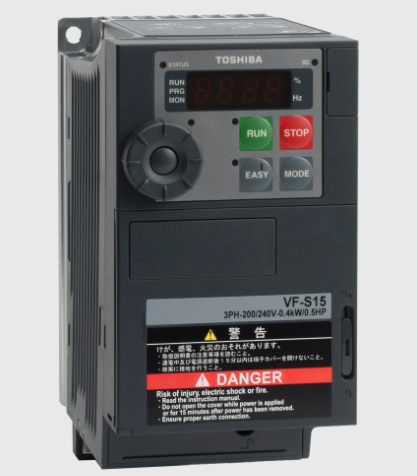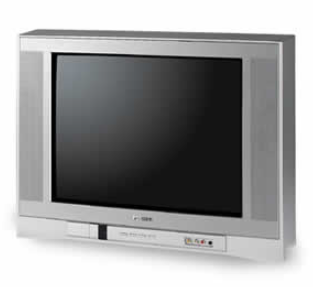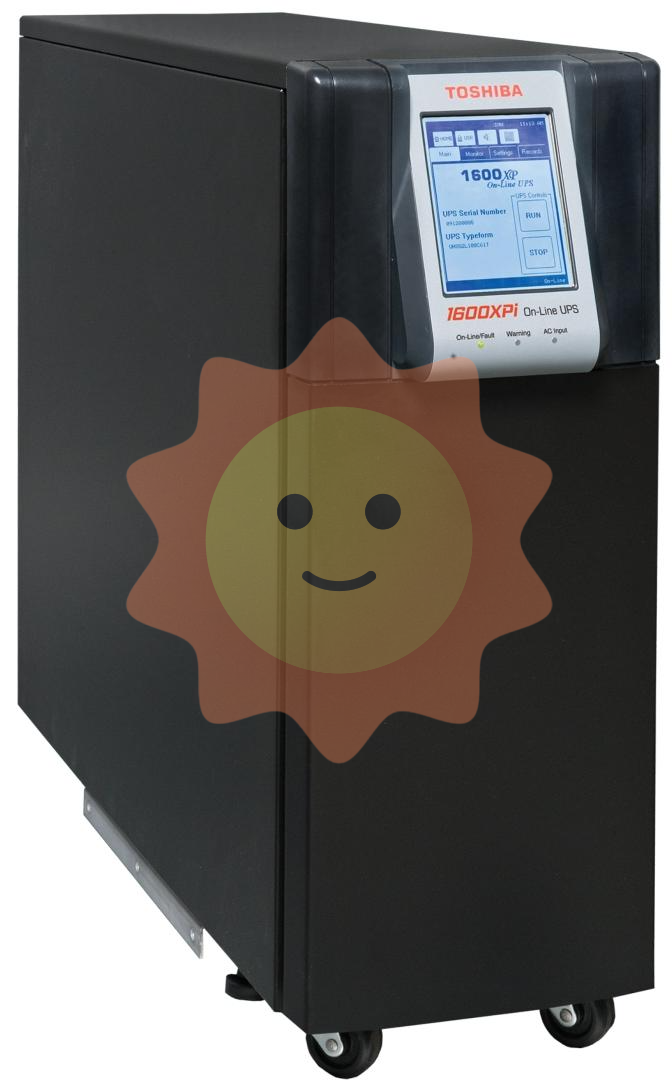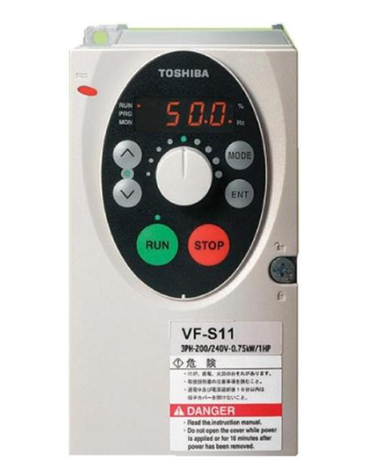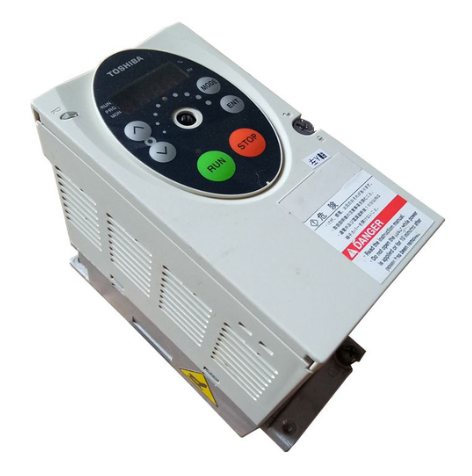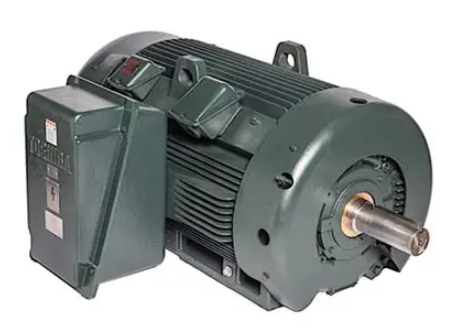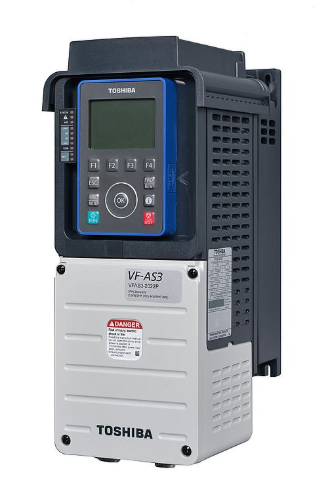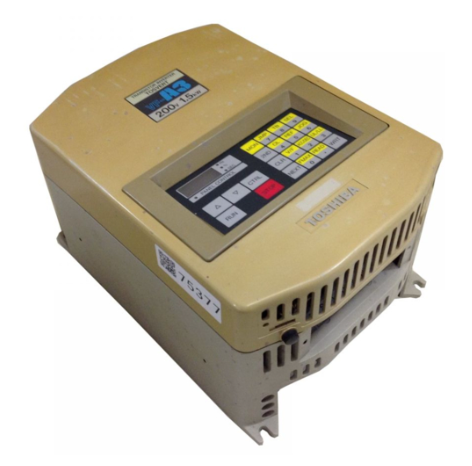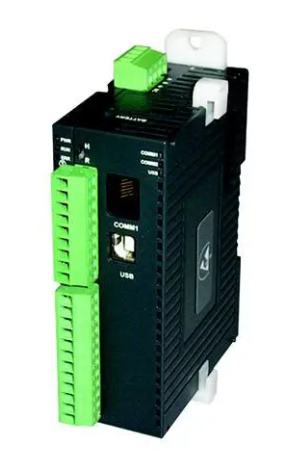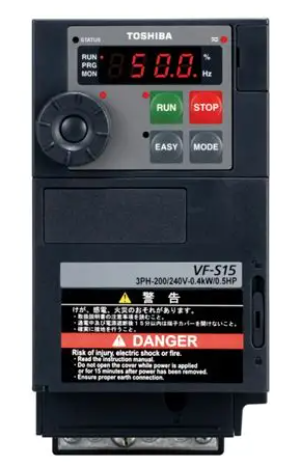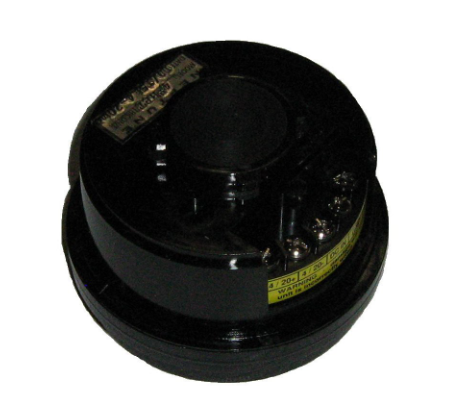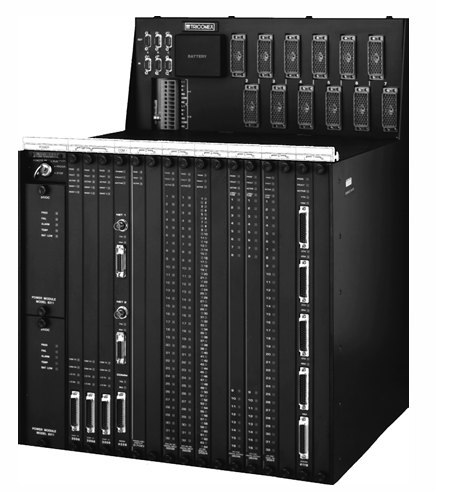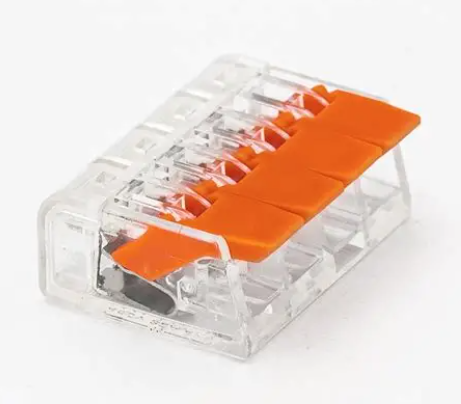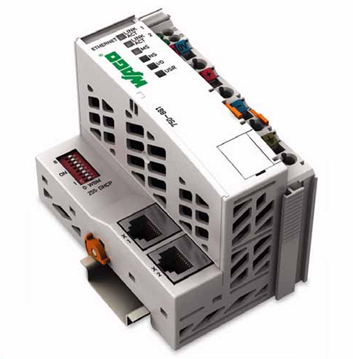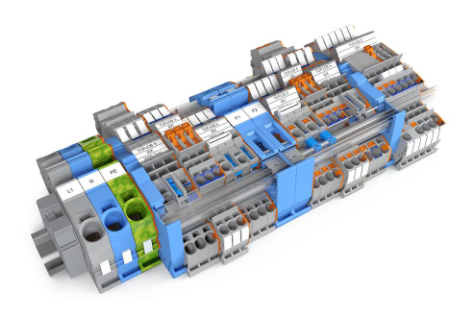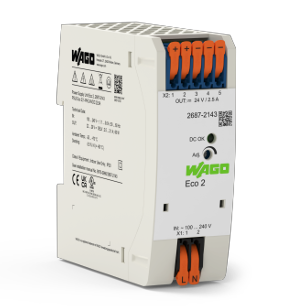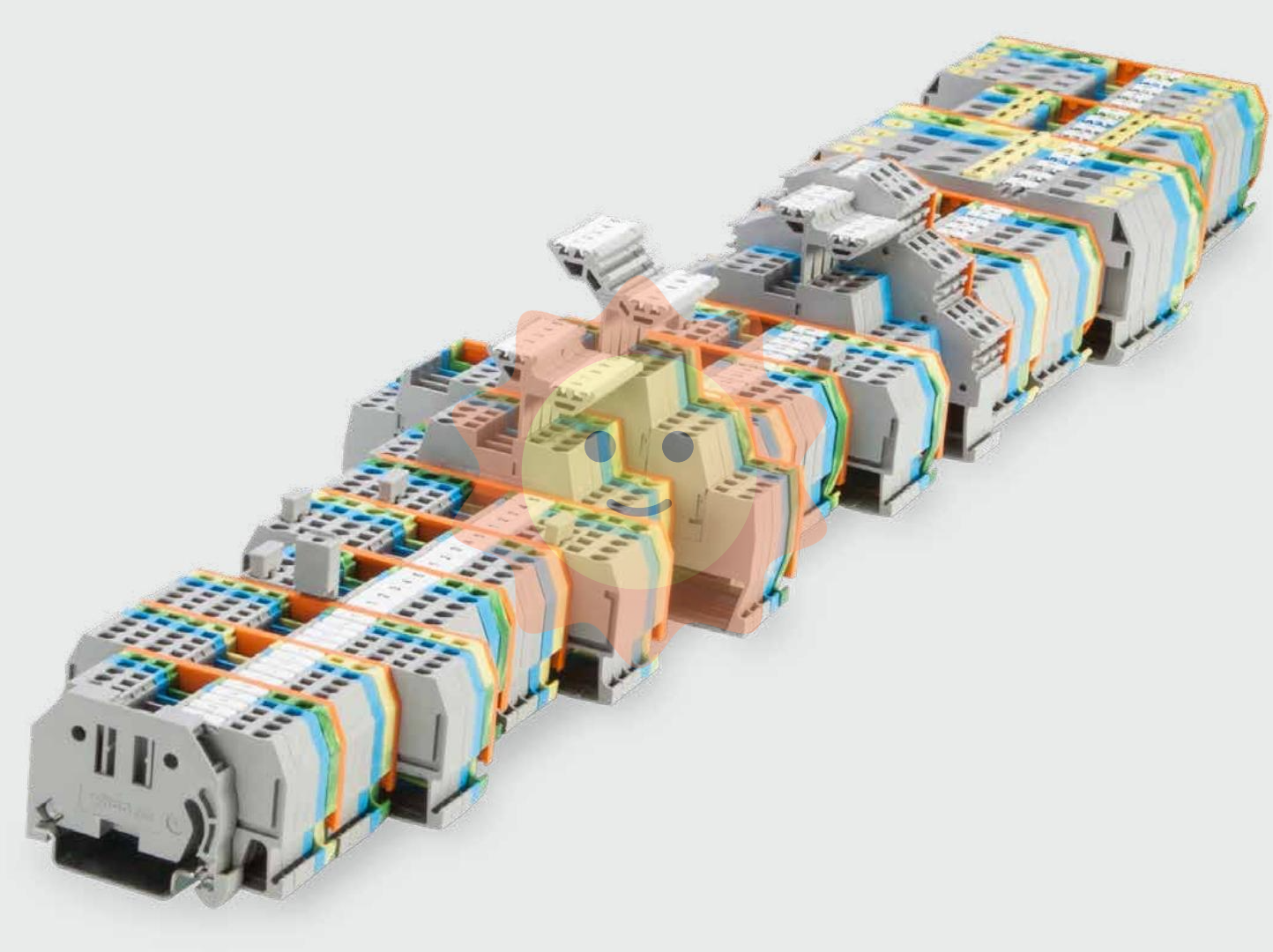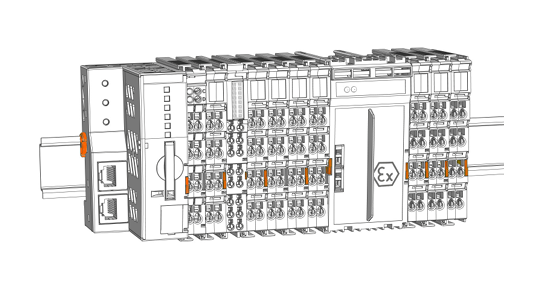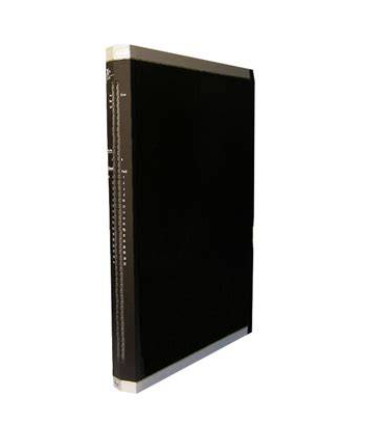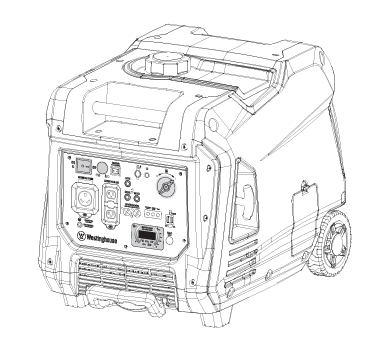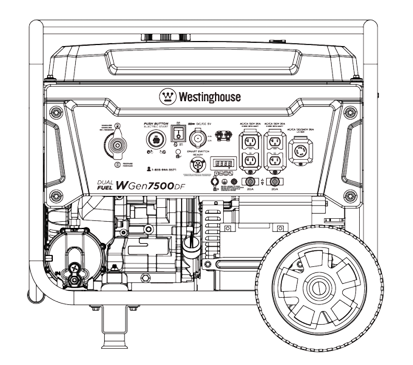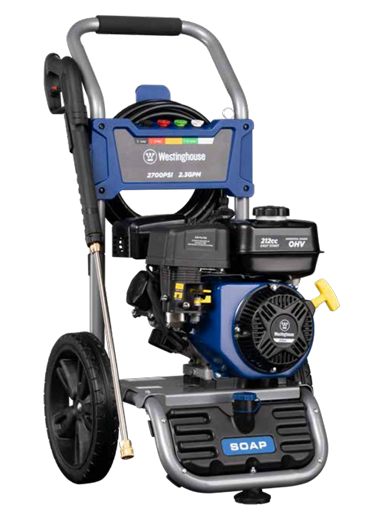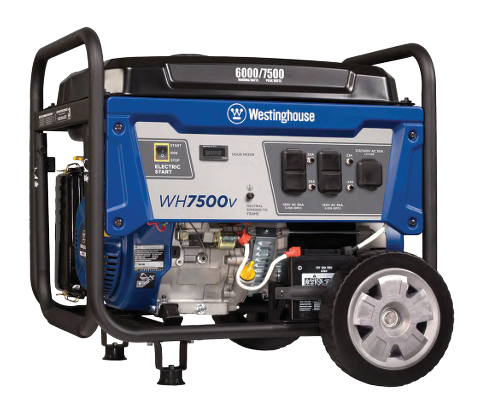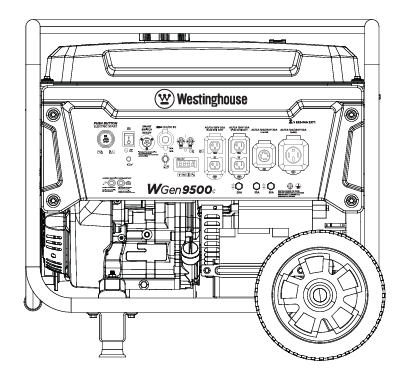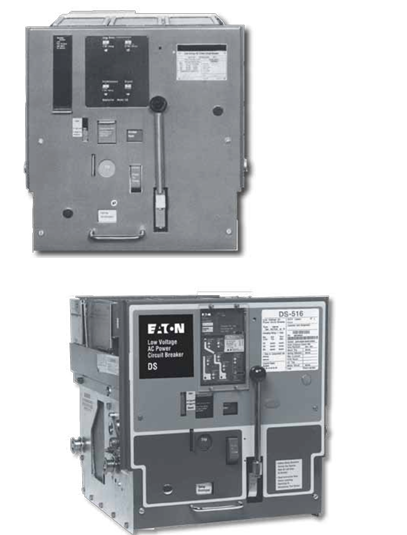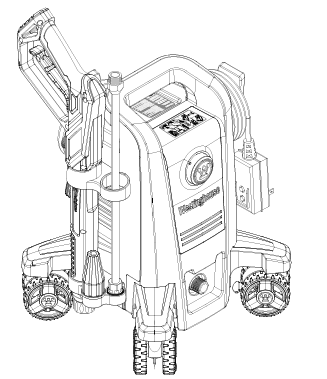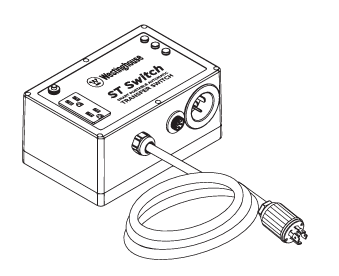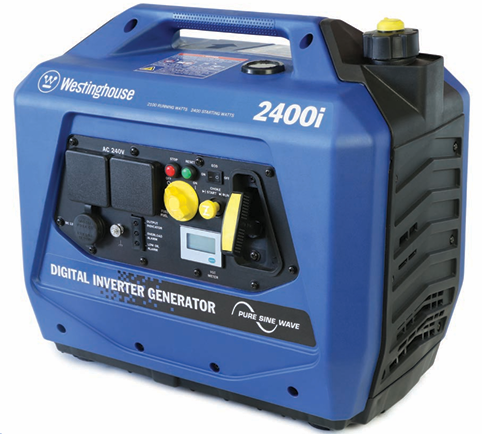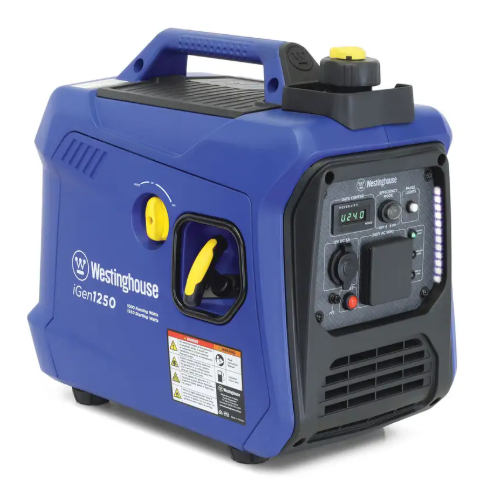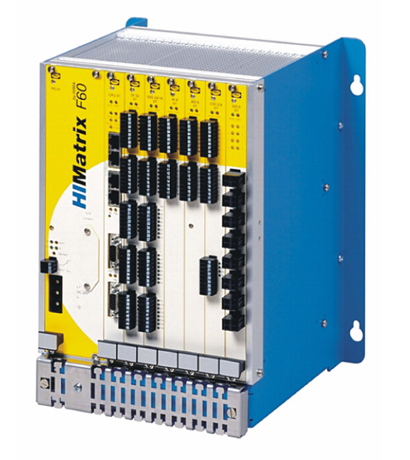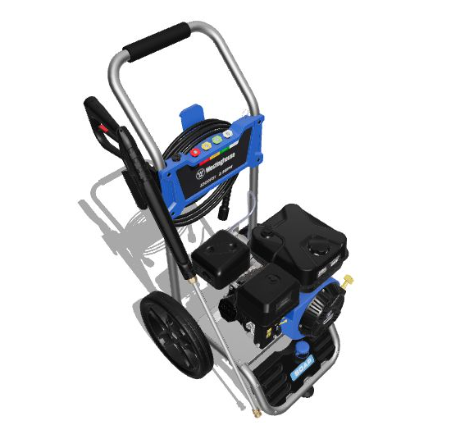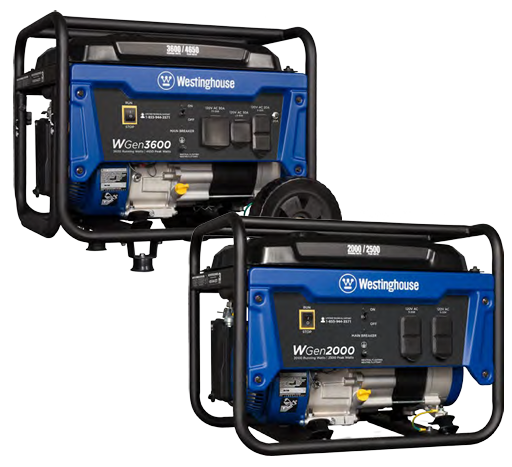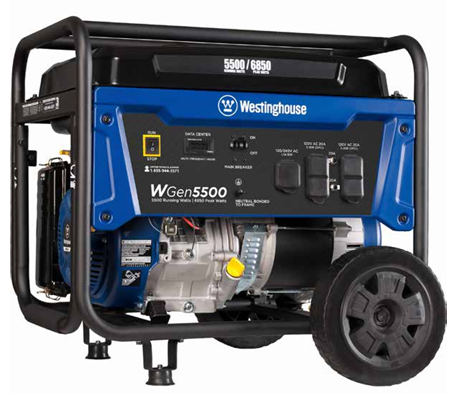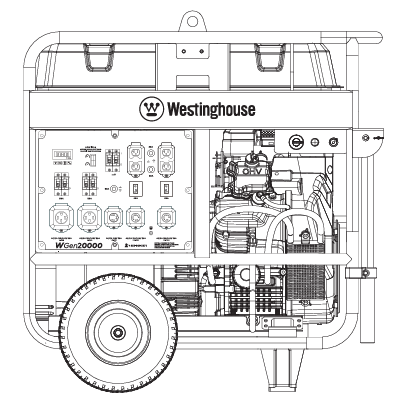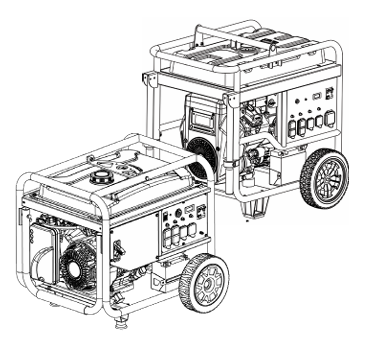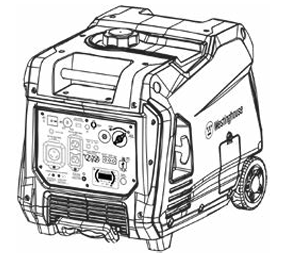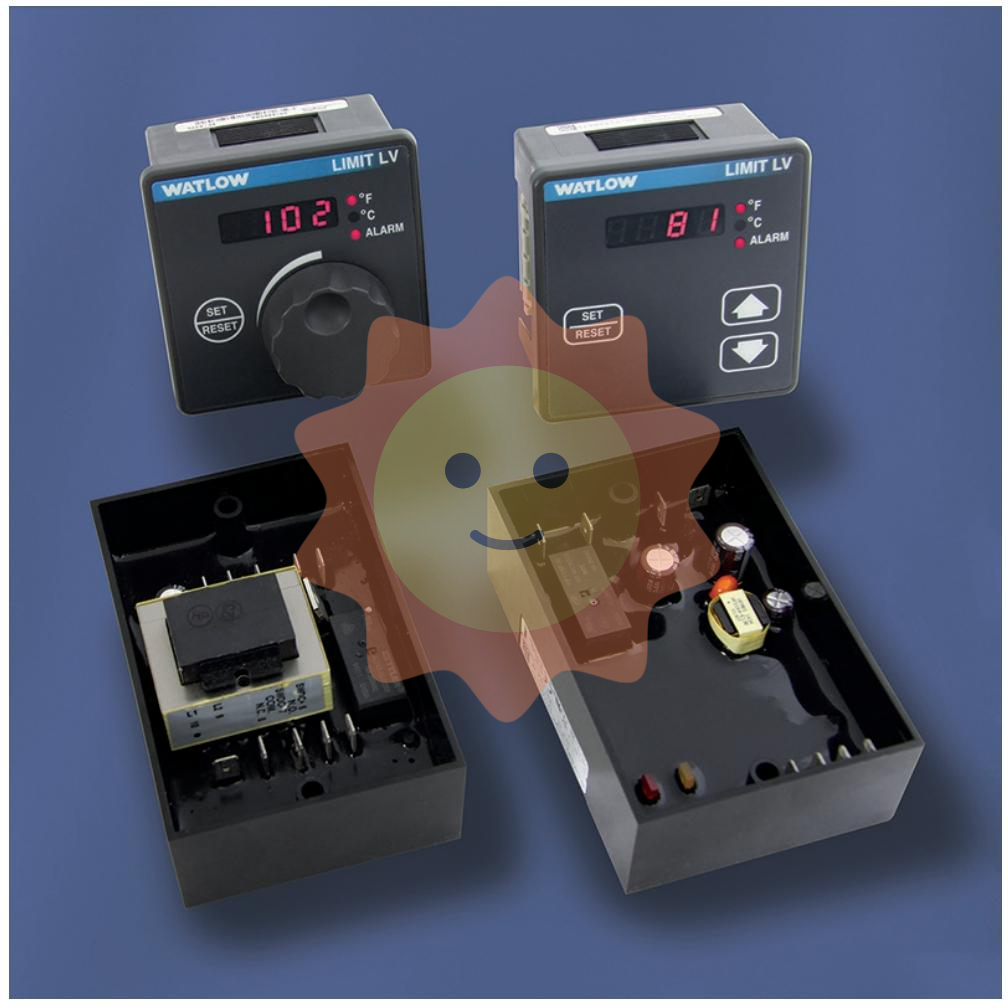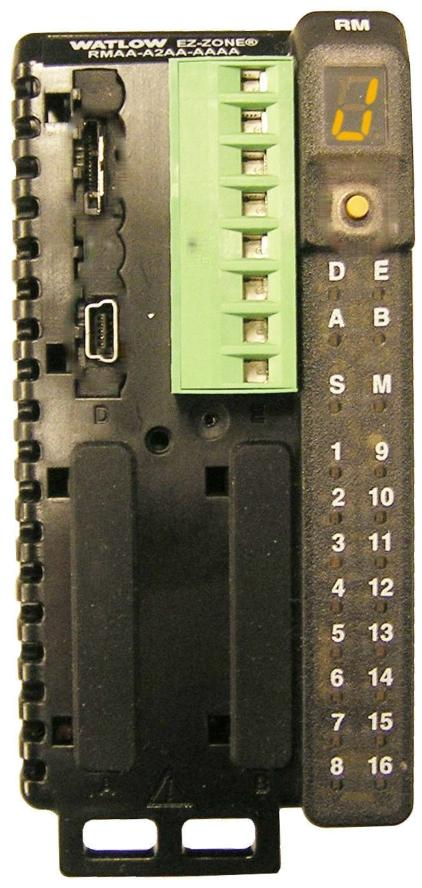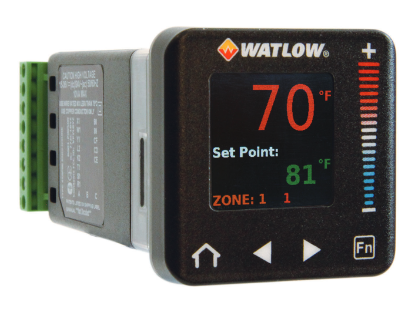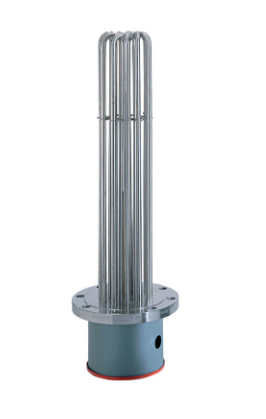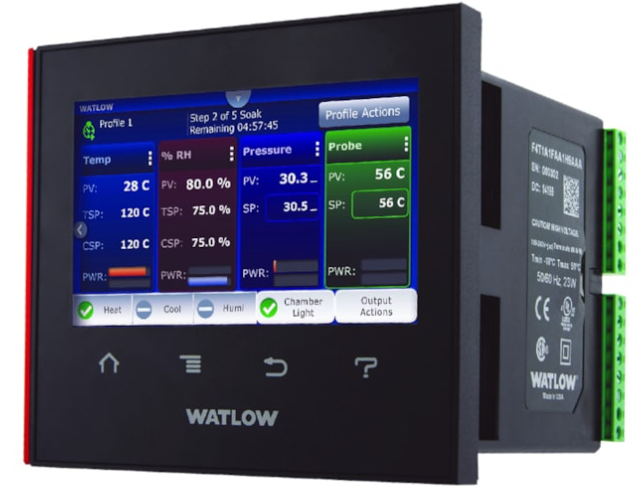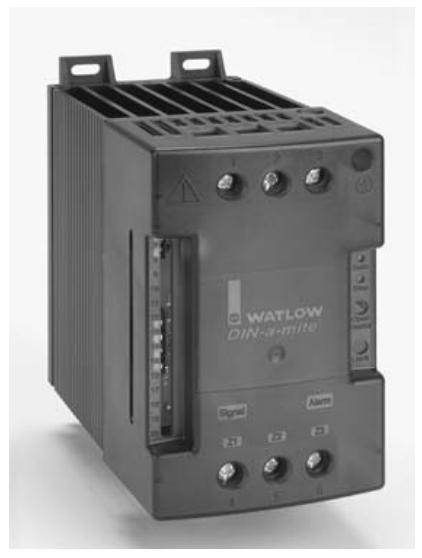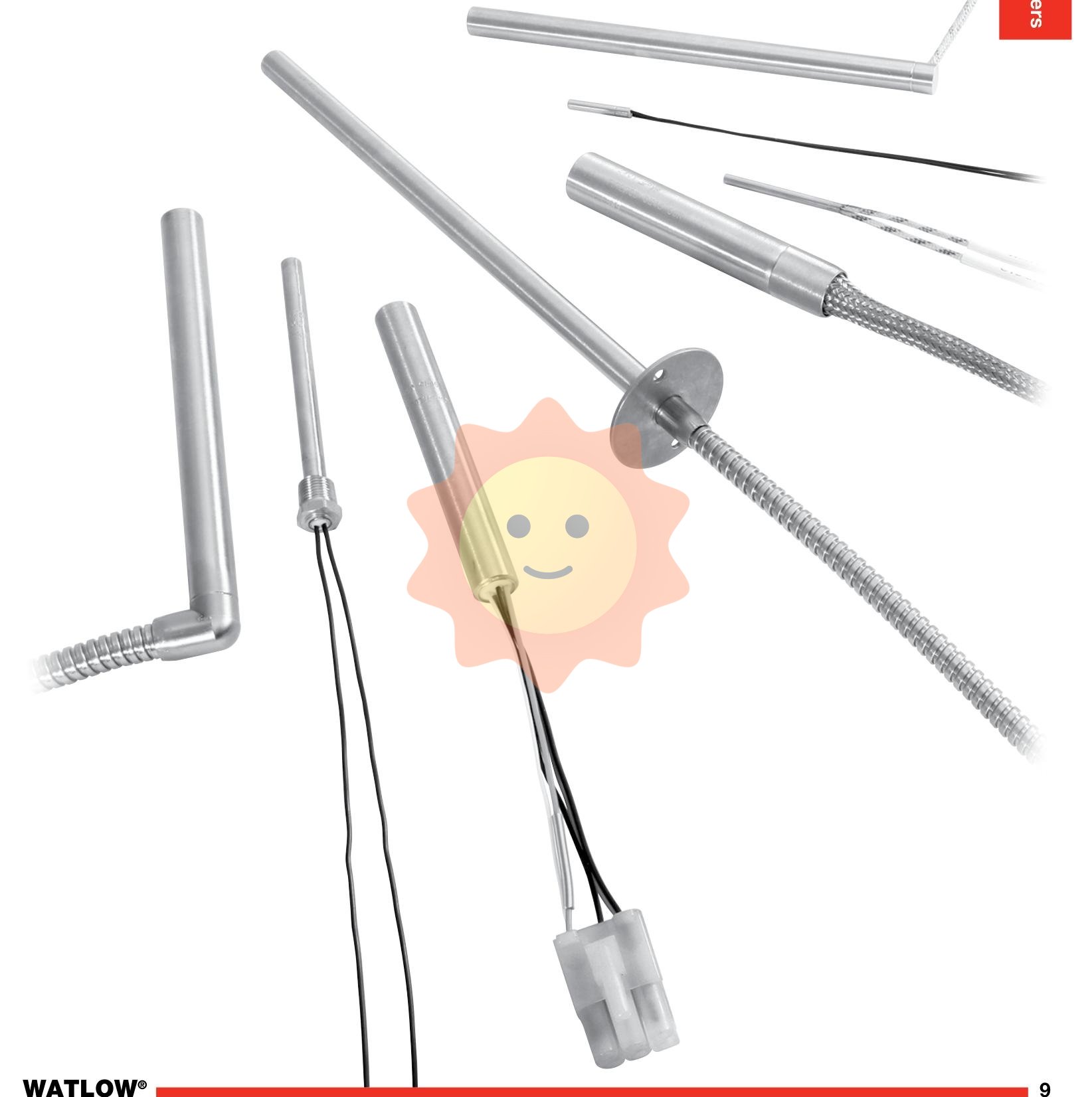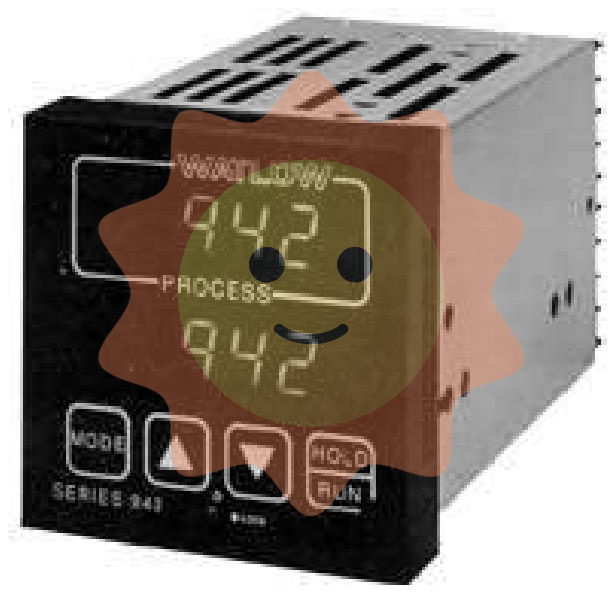GE DS3800HSQD Low HP Sequence Board
GE DS3800HSQD Low HP Sequence Board
Part Number DS3800HSQD Manufacturer General Electric Country of Manufacture As Per GE Manufacturing Policy Series Mark VI/VIe Function Module Availability In StockDS3800HSQD is a Low HP Sequence Board developed by GE. It is a part of Mark IV control system. It is designed for easy installation and comes with connectors and components for optimal functionality. The board includes mounting holes in each corner for securing it with screws to the drive. The board is equipped with two 40-pin connectors and one 20-pin connector, each with retention levers, to secure ribbon cables in place.
On the board's surface, you'll find a 50-pin connector and another 20-pin connector. The board features 1 erasable programmable read-only memory (EPROM) module. It also includes 1 amber indicator LED and 8 red indicator LEDs for status monitoring. Installing the Ribbon Cable When connecting a 50-wire ribbon cable to the 50-pin connector, follow these steps: Ensure proper cable routing to facilitate heat dissipation from board components.
Fold the cable and route it across the board, along the interior side of the drive, avoiding interference with airflow. Handle the cable with care, as the 50 control signal wires are delicate and easily detached from the plastic connector: Firmly hold the connector with one hand. Gently remove it without tugging on the ribbon cable to prevent damage. Upgrading to a Newer Board Version If replacing the GE Low HP Sequence Board, the newer version may offer improvements in performance and component design. Changes in the circuit layout may necessitate component repositioning. Amber Indicator LED Status A lit amber indicator LED indicates the board has received power and successfully completed startup diagnostics.
If the amber LED is not lit, it suggests a lack of power and unsuccessful startup diagnostics. In such cases, check the board's power source and attempt a restart for normal operations. Features Speed and Position Sensors: Includes sensors that measure the rotational speed and position of the turbine shaft. These sensors may be based on different technologies, such as magnetic or optical encoders, and are designed to provide accurate and reliable speed and position measurements. Signal Conditioning and Amplification Circuits: The signals from the sensors are typically weak and require amplification and conditioning before they can be processed by the control system. The SPI board includes circuits that perform this function, ensuring that the signals are of sufficient strength and quality to be used by the control system.
Redundant Sensors: To ensure high reliability, the board often includes redundant sensors. This means that there are multiple sensors measuring the speed and position of the turbine shaft, and the signals from these sensors are compared to ensure that they are consistent. If there is a discrepancy between the signals, the control system can use a voting algorithm to determine the correct value. Fault-Tolerant Circuits: Designed with fault-tolerant circuits that can detect and respond to errors or malfunctions in the system. For example, if one of the sensors fails, the control system can automatically switch to a backup sensor, ensuring that the speed and position measurements remain accurate and reliable.
Diagnostic Features: Include diagnostic features that allow the control system to monitor the health of the board and detect any faults or malfunctions. This can include built-in self-tests or diagnostic algorithms that analyze the sensor signals and alert the control system if there are any issues.
Instructions and warnings related to the operation of the product:
The following specifications must be strictly observed:
The technical specifications and typical applications of the product system must be strictly observed.
PERSONNEL TRAINING: Only trained personnel may install, operate, maintain or repair the product system. These personnel must be instructed on the
These personnel must be instructed and briefed on the conditions in the hazardous area.
Unauthorised modifications: No modifications or structural changes may be made to the product system.
Maintenance Responsibility: It must be ensured that the product system is used only under appropriate conditions and in a condition fully suitable for use.
Working environment: The user must fulfil the specified environmental conditions:
Safety regulations
The following safety regulations must be fully observed when (maintenance) work is carried out on the product system:
1 Disconnect completely.
2 Secure to prevent reconnection.
3 Confirm that the installation has been completed.
4 Perform grounding and short-circuiting.

- User name Member Level Quantity Specification Purchase Date
- Satisfaction :
-









Email:wang@kongjiangauto.com

